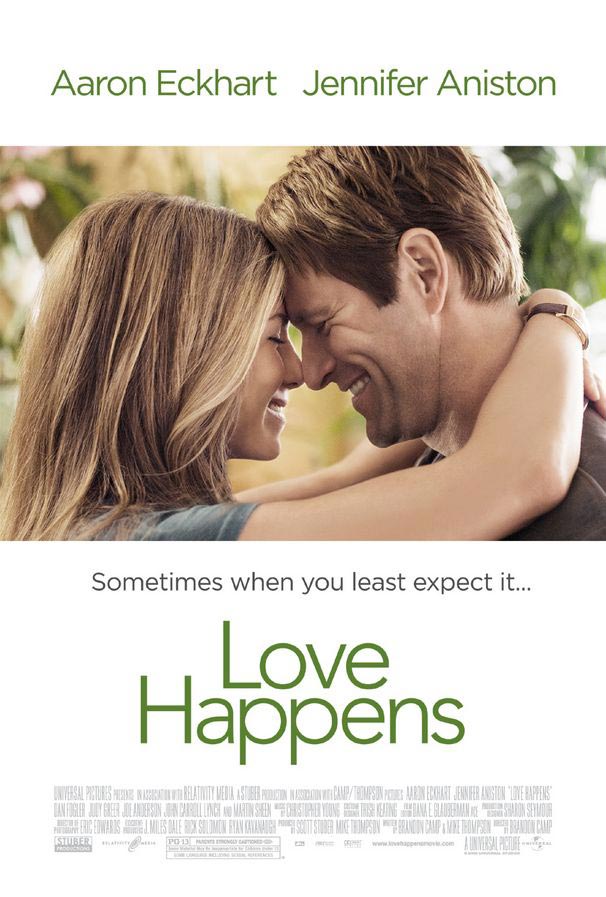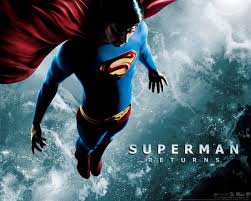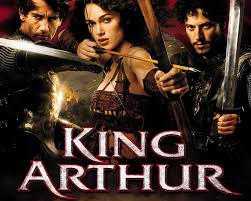+056.JPG)
An extreme long shot is taken from over a quarter of a mile away and is used to mainly show scenery, e.g. a building or a landscape and is often used to show war or horror film scenes. Although they are taken from a far distance, they normally denote a particular location which is normally located in the center of the screen.
Extreme close up
An extreme close up is an unrealistic shot, which you probably wouldn't experience in real life. They normally show emotions for example, happiness, anger or being sad. They are quite a dramatic shot and they can be easily ruined by lack of lighting or a slight shake to the camera.
High angle shot
High angle shots are used to show characters status'. They make the photographed object seem less significant or scary and the object often gets swallowed up by their surroundings e.g. they become part of the bigger picture.
Low angle shot
A low angle shot is used to show a characters high status or great importance. They make the photographed object seem more scary. The object is bigger and takes up most of the screen and as the angle is low other than the object all you can mainly see is the sky or ceiling.
Close up
A regular close up is used to show emotions for example happiness, anger or being scared. They normally focus on an object, face or body feature e.g. hand. They can be used to show writing on a paper or an expression on someones face. A close up is an extremely intimate shot and can be used to make the audience feel very uncomfortable or very comfortable.
+050.JPG)
+046.JPG)
+045.JPG)
+047.JPG)










